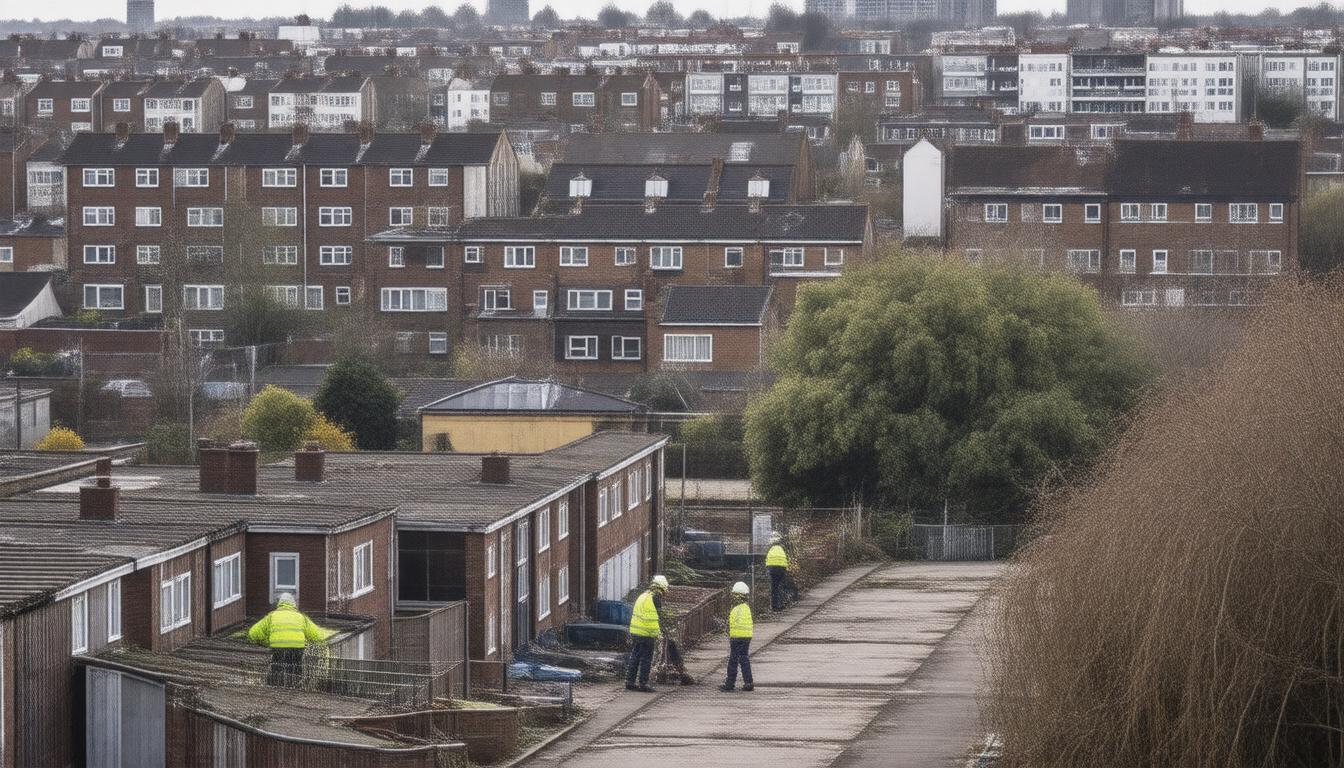In a decisive move to enhance residential safety and regulate housing standards, the Mayor of Croydon has unveiled a robust crackdown on unlicensed houses of multiple occupation (HMOs). This initiative comes in the wake of a recent enforcement operation, which scrutinised 21 properties across diverse neighbourhoods, including Thornton Heath, Norbury, New Addington, Central Croydon, Addiscombe, and Purley. The operation reveals a growing concern surrounding unregulated HMOs, often associated with overcrowding, substandard living conditions, and various safety hazards. Croydon’s actions are part of a broader trend among outer London boroughs striving to preserve the character of their communities, especially as the demand for affordable housing in urban areas surges. In line with this goal, the council has implemented an Article 4 direction since 2020, which outlines restrictions on where HMOs can emerge and the conditions under which they may operate. This article delves into the implications of these recent enforcement actions on the community, evaluating the importance of regulatory measures in safeguarding the living environment of Croydon’s residents.
Key Takeaways
- Croydon is intensifying efforts to tackle unlicensed HMOs to improve living conditions.
- The crackdown is part of a broader strategy by outer London boroughs to protect community integrity.
- Regulatory measures implemented since 2020 aim to manage the rise of affordable housing demand in urban areas.
Overview of HMOs in Croydon and Recent Enforcement Actions
The Mayor of Croydon has recently heightened efforts to regulate houses of multiple occupation (HMOs) following a significant enforcement operation that reviewed 21 properties across several neighborhoods, including Thornton Heath, Norbury, New Addington, Central Croydon, Addiscombe, and Purley. This initiative is part of a broader strategy to tackle issues associated with unregulated HMOs, which have been linked to problems such as overcrowding, inadequate living conditions, and safety hazards (Croydon Council, 2024). The enforcement measures are in line with similar actions taken by other outer London boroughs, which aim to preserve the character of their communities amid increasing pressures on housing availability. Since the implementation of an Article 4 direction in 2020, the Croydon council has outlined specific guidelines governing the operation of HMOs, particularly in response to the surging demand for affordable housing in urban areas (Smith, 2024). This regulatory framework is expected to enhance the living standards and safety for residents in Croydon while addressing the ongoing housing crisis.
Regulatory Measures and Community Impact of the Crackdown
The recent crackdown on unauthorized HMOs in Croydon has sparked discussions among community members and local organizations about its potential impact on housing availability and safety. Advocates for better housing standards argue that while such measures are necessary for safeguarding tenants’ rights and enhancing living conditions, they must be balanced against the pressing need for affordable housing options in a rapidly urbanizing environment. Furthermore, local authorities are encouraged to consider alternative housing solutions, such as increasing support for new builds or transforming under-utilized properties into safe living spaces. Residents have voiced concerns that rigorous restrictions on HMOs could inadvertently exacerbate the housing crisis by driving up rental prices and reducing the already limited options for lower-income families (Johnson, 2024). This highlights the complex interplay between regulation, community needs, and the overarching demand for sustainable housing in Croydon and beyond.





